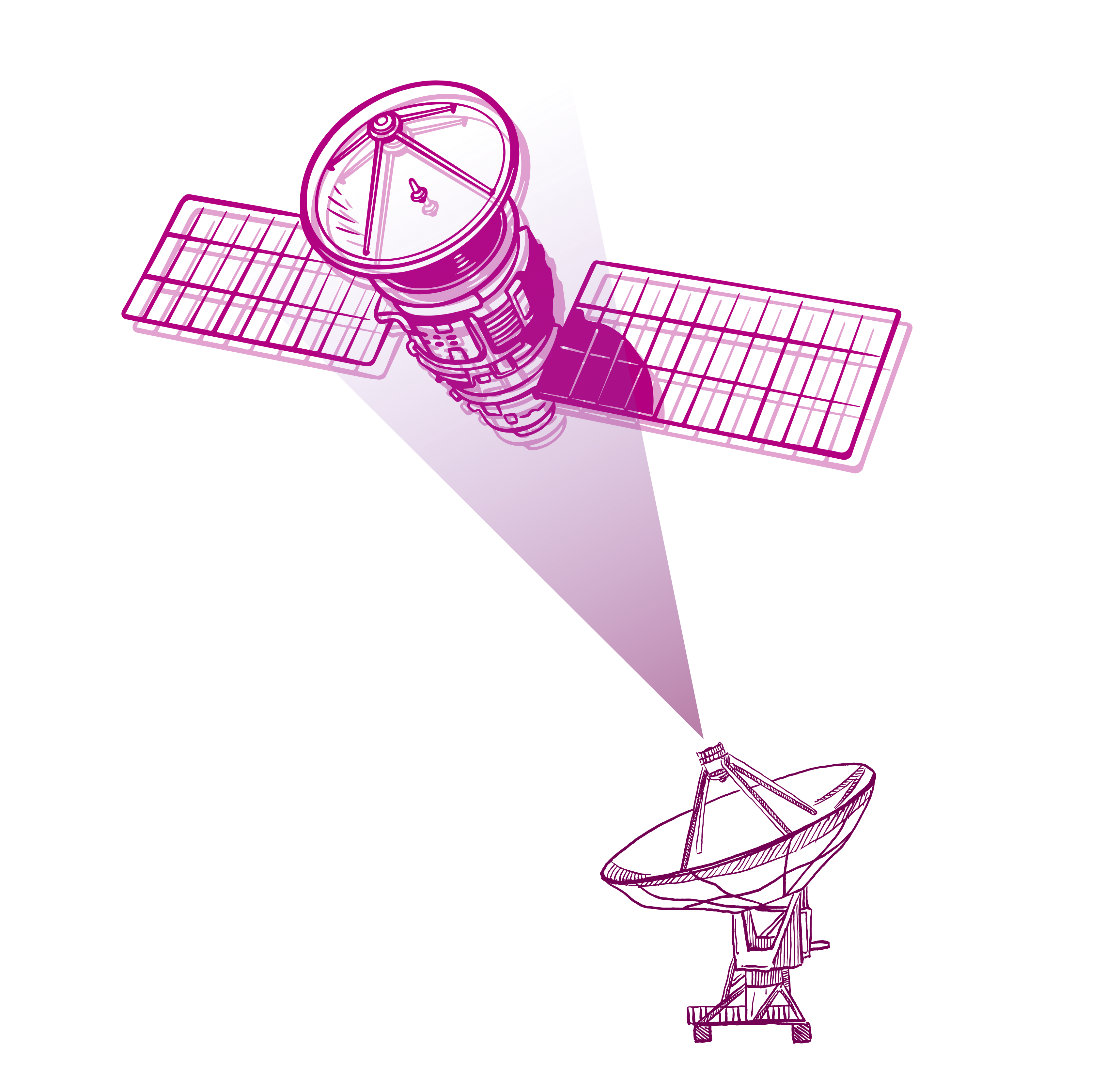We Smart Algorithms for Smart Satellites
WE ARE UNINET
Founded in 2022, Uninet builds smart algorithms that enhance efficiency and reliability for the Internet of Space Things. Our advanced software solutions ensure low-latency communication and optimal resource management, driving innovation in satellite management.
Our mission is to design customer-focused software that brings next-generation networking technology from terrestrial to non-terrestrial networks (NTNs).
Collaborations






Expertise in R&D
At Uninet, our R&D team brings together a wealth of knowledge and experience, working closely to solve complex challenges in networking technology. We pride ourselves on being agile, delivering solutions quickly and efficiently while adapting to the needs of each project.
By collaborating and drawing on our collective strengths, we’re able to create innovative technologies that advance both terrestrial and space-based networks.

Our Technology
The rise of LEO satellite mega-constellations will greatly enhance network coverage and edge cloud resources, enabling transformative IoT applications like autonomous sensing and asset tracking. These applications require significant bandwidth, computation, and storage with strict QoS demands.
To meet these needs, Uninet is developing advanced algorithms for routing, scheduling, and orchestration in the space domain.
Uninet is developing dynamic, distributed algorithms for routing network traffic between satellites and ground stations.
Uninet is developing a task scheduler for remote sensing applications that run on the satellite edge.
Uninet uses state-of-the-art optimization methods from terrestrial 5G network slicing to minimize computation and bandwidth resource usage and satisfy capacity constraints.
